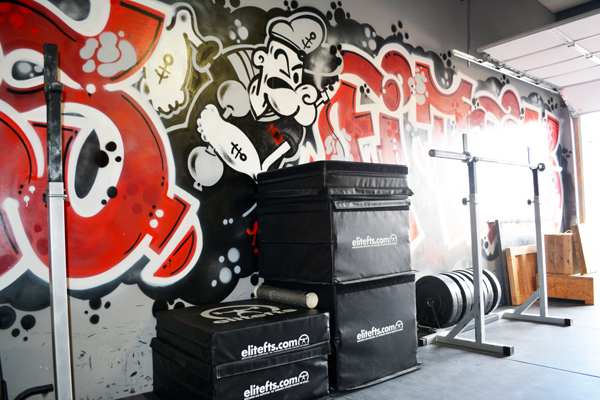
Recently, exercises deemed "high impact" have received some hate. The scare is that this "high impact" can lead to injuries or the development of osteoporosis. However, Aleisha Fetters wrote an article on US News Health: "In Defense of High-Impact Exercise," that re-asserts the benefits of this style of training.
"Low impact" exercises such as swimming and cycling are great forms of exercise; but just by nature of the exercise they can't accomplish some of the adaptations that "high impact" exercises provoke. "High impact" exercises elicit an increase in bone density. This can be explained by Wolff's Law: a bone will adapt to the stresses that take place on it. If stressed is placed on the bone then the bone responds by becoming denser, stronger. If no stress is placed on bone, then bone becomes much weaker.
A study from the American Journal of Health Promotion, took place this year, and found that women varying from ages 25 to 50 years old experienced increased hip bone density from "high impact" training. This study compared women who partook in hopping exercises, verse woman who weren't necessarily sedentary, but who did not partake in hopping exercises.
Contrary to a somewhat popular belief, "high impact" exercises can actually elicit injury prevention. Some example exercises that accomplish this are plyometric box jumps, or any variation of. The reason for this is, along with the bone density adaptations mentioned; the dynamic stabilizers are strengthened as well.
It is perfectly safe and beneficial to workout out of the pool and off the bike. Keep your bones strong by "high impact" workouts, like plyobox jumps.








